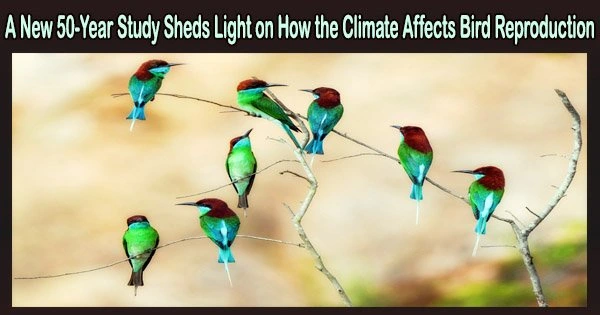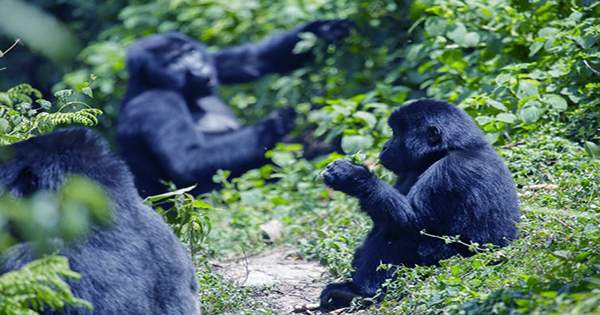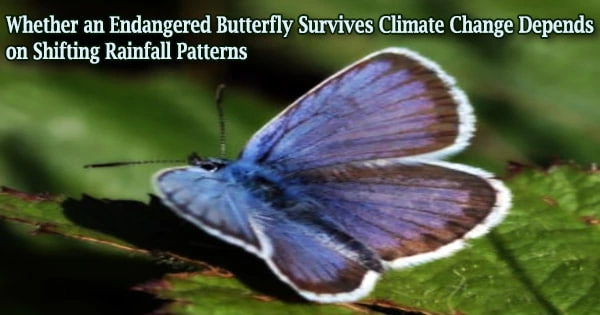In a recent study published in the Proceedings of the National Academy of Sciences, it was determined how 104 bird species’ reproductive output changed globally between 1970 and 2019. The study shows that larger birds and migratory birds tend to be more vulnerable to the effects of a warming environment than smaller, sedentary species.
Study co-author Jeffrey Hoover, an avian ecologist at the Illinois Natural History Survey, describes the findings in an interview with University of Illinois Urbana-Champaign life sciences editor Diana Yates.
What is unique about the study?
The possible impacts of global warming, namely temperature, on the reproduction of over 100 species from over 200 bird populations across all continents were examined in this study. We looked at data for each of these bird populations over 15 to 49 breeding seasons to consider whether changes in local temperatures and precipitation were associated with changes in the average number of offspring produced per female per year.
The study explored whether climatic change might impact offspring production by interacting with other characteristics of the birds, in addition to effects on specific species’ reproductive output.
Body mass, migration status, habitat requirements, human impacts on regional landscapes, the protection or conservation status of locations, and the ability of the birds to raise two broods during a single breeding season are a few examples of these qualities. The temporal and spatial scales of this work and the number of species and populations studied were monumental.
What were the main findings?
Across the 201 populations of wild birds we looked at, offspring production generally declined in recent decades. However, there is a lot of variability among populations and species.
The majority of migratory birds generated fewer young when local temperatures rose during the period of the breeding season when chicks were being raised, although many small birds and sedentary, non-migratory birds produced more young.
In addition, relatively large birds produced fewer young as a result of warming temperatures. Although the effects of climate change on the life histories and ecological characteristics of species that affect clutch size and rates of nesting failure over time contributed to these changes, they were not always directly caused by them.
What are some examples of species with increasing or decreasing reproductive output over time?
Species with the largest decreases in offspring production included Montagu’s harriers and white storks, both of which are large, migratory birds; bearded vultures, which are large and non-migratory; roseate terns, which are moderate sized, migratory birds; common house martins, which are small and migratory; and red-winged fairywrens, which are small, non-migratory and endemic to Australia.
Species with increased offspring production included the Bulwer’s petrel, a medium-sized migratory bird, and the Eurasian sparrowhawk, a small migratory raptor; along with Eurasian wrynecks, collared flycatchers and prothonotary warblers, all of which are small and migratory.
Some species, like the barn swallow, produced more young in one location but fewer in another. This demonstrates how, despite the fact that the earth is generally warming, the consequences of climate change on regional weather and temperatures can vary greatly depending on where a species breeds.
Does this mean that large-bodied and migratory species are most at risk?
In the previous fifty years, declines in offspring production appeared to be particularly harmful to large-bodied species. For sedentary animals weighing more than 1.0 kilogram and migratory species weighing more than 50 grams, the issue was probably made worse by heat caused by climate change.
Larger species may be less able to adapt to a changing climate because they tend to live a slower pace of life. It takes them longer to mature and produce offspring and they tend to have smaller clutch sizes.
A warmer climate may lead to inconsistencies between the peak times of food resource availability and the peak times of demand for that food, such as when adults are feeding chicks and fledglings. In the far-off locations where they spend the winter or in the habitats they use while migrating, migratory species may also face the consequences of climate change.
How are the species you studied adapting to climate change?
We have been studying prothonotary warblers in southern Illinois since 1994. These warblers are small and migratory and breed in forested wetlands and swamps. Our study population experienced increasing offspring production over time, producing more offspring per female when local temperatures were warmer.
Because the females began laying eggs earlier in the season, boosting their odds of having two broods of chicks in a single breeding season, there was an increase in reproductive output in warmer years. These warblers breed in an insect-rich habitat and feed on insects. It seems that at least so far, the increase in local temperatures has not resulted in a mismatch between peak insect availability and peak demand.
Did anything surprise you about the findings?
The main researchers deserve a lot of praise for compiling this extensive meta-analysis. It clearly demonstrates the value of carrying out extensive, in-depth demography research on natural populations of species.
The findings illustrate the complexity of nature. While some species may be directly impacted by climate change, it is crucial to understand that many of the threats that species face are the consequence of intricate interactions between the changing climate and the ecological, life history, and behavioral characteristics of the species under consideration.
















